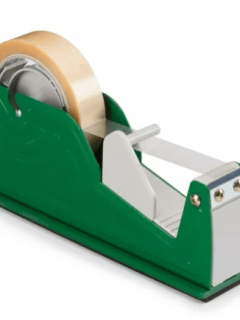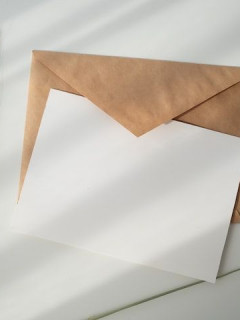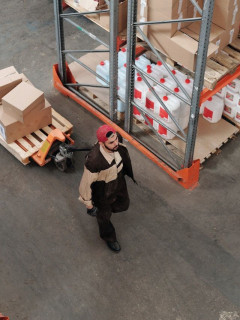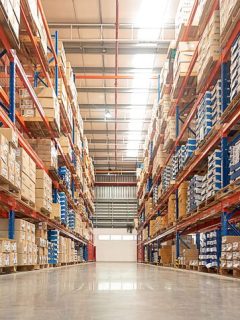Learn the 4 effective steps for packing parcels for shipping.
Only the correct packaging of the parcel ensures that it reaches the recipient intact. See how to pack your parcel in 4 easy steps.
How do I prepare a parcel for shipment? There is an easy way to do it and you don’t need many packaging accessories – all you need is an appropriately sized box, parcel filler, adhesive tape and an address label (or special marking).
How do you prepare a parcel for shipping?
In order for the package to reach the addressee in its entirety, it needs to be packed correctly – how? As simply as possible. In any case, it is the sender’s responsibility – the courier company will not accept an improperly packed parcel. Proper packaging reduces the risk of damage to the parcel or unwanted opening to a minimum.
How do you pack parcels? Here are the 4 stages of packaging:
- outer packaging,
- inner filling,
- sealing,
- description
Outer packaging adapted to the contents
Before packing, consider what size box you need. It is best to choose a box that fits the size of the contents. This is very important because a box that is too small will expose the goods to damage, while a box that is too large will cause the contents to move during transport and may also be damaged.
The packing box should be sturdy – matching the weight and type of shipment. If you are using a box that has already been used for shipping, check that it has no rips, punctures, holes, that the corners are not damaged and that it has all the flaps. And if you are sending elongated items such as rolled graphics, posters, maps, then use special shipping tubes.
Of course, a box is not the only possible packaging for a parcel, although it is the most practical. You can also use special courier envelopes if you are sending clothes, for example, or bubble envelopes for or stretch tape if the item you are sending does not fit into a box. Smaller items are quite often sent in envelopes, although online shops mostly use cut boxes.
Filling, i.e. suitable filling for parcels
The next stage of packaging is the use of a suitable parcel filler. This is to prevent the contents of the parcel from shifting during transport. This applies especially to fragile and delicate items – they need to be separated from each other and from the sides, bottoms and corners. The more tailored to the dimensions of the contents of the box, the less filler you need to use. The following can be used as fillers: bubble wrap, air cushions, wrapping paper, corrugated cardboard, polystyrene chips, Flo-pak eco-friendly filler, SizzlePak filler and even newspaper clippings. It is best to choose eco-friendly fillers.
Effective sealing of the package
The next step is to close the package – it is important that it is effective enough to prevent accidental opening during transport. How do I close the box? Using strong packing tape at least 5 cm wide, including paper tape. It is not recommended to use insulating tape, masking tape or string for wrapping. It is also a good idea to get some strapping tape, and if you are sending the package on a pallet, it is worth using stretch film for palletising.
Proper description of the package
The final step is to describe the parcel correctly. What should be on the address label? Addressee’s name/company name, exact address including postcode, telephone number for the courier. The consignment note should be placed on the top of the parcel in a foil sleeve – do not place it on the closure, seam or sticky tape. If you are using a box in which the parcel has already been shipped, remove all old labels so that there is no shipping mix-up. If the parcel contains items that can be damaged, stick appropriate warning labels – e.g. caution glass.














